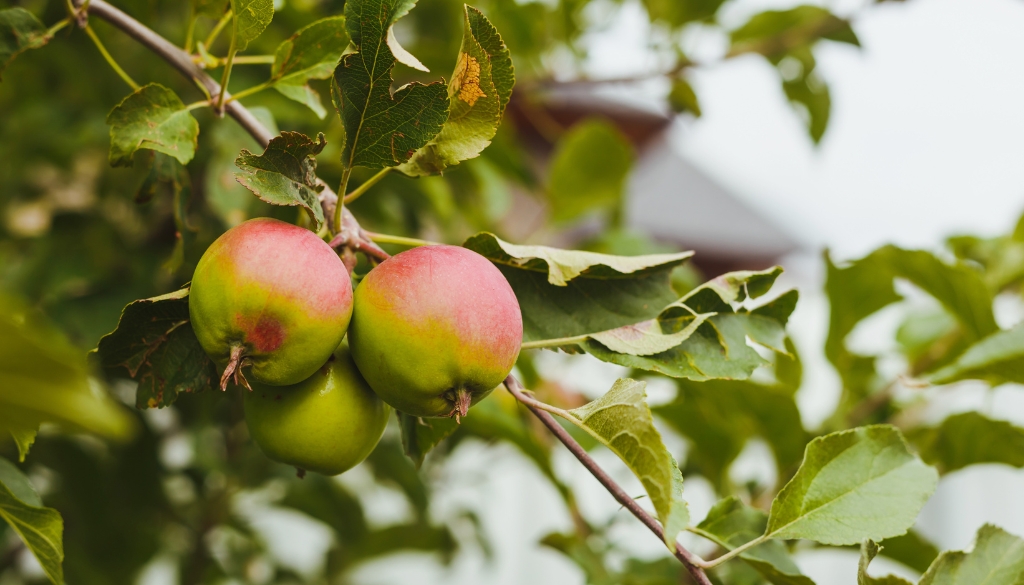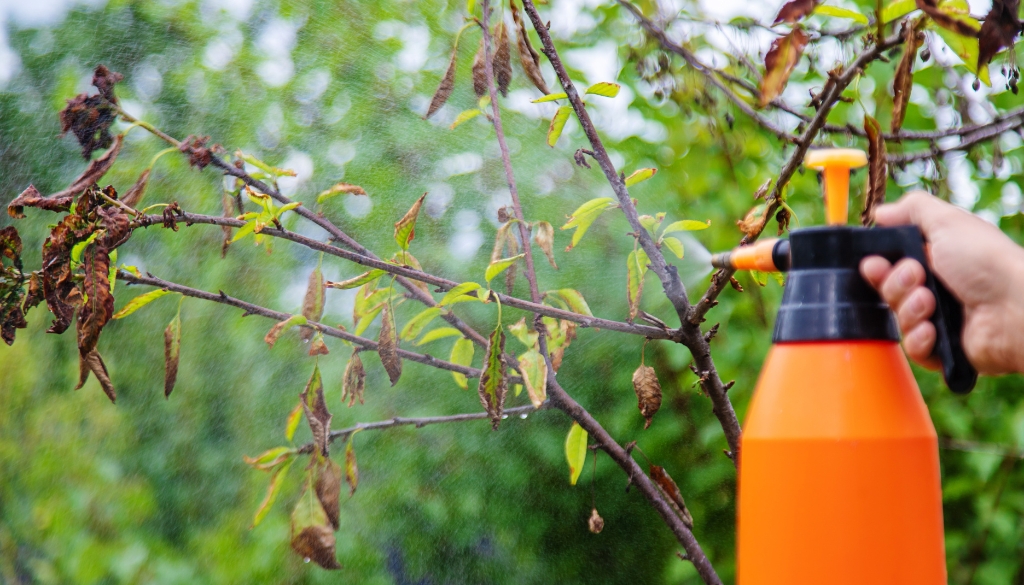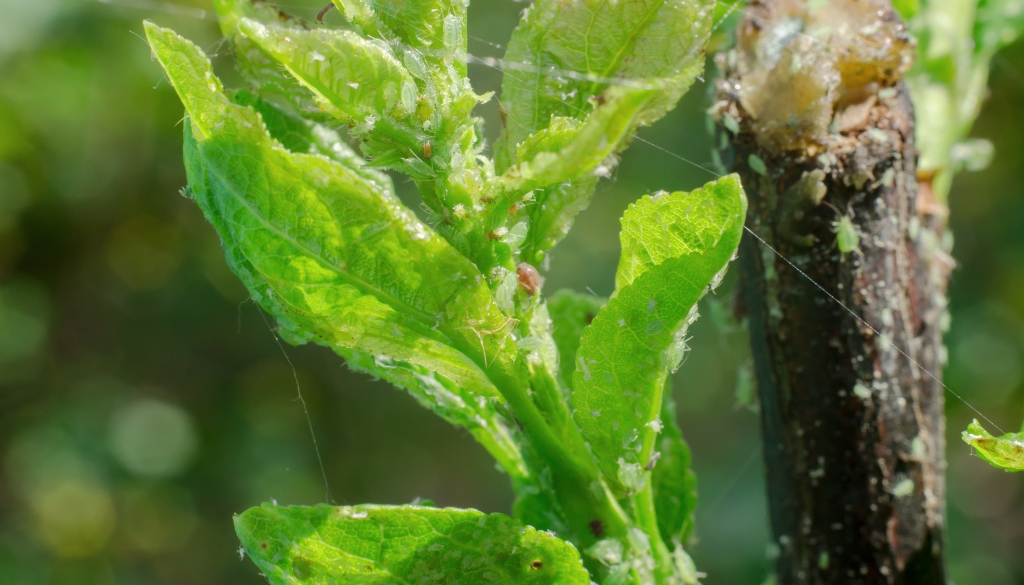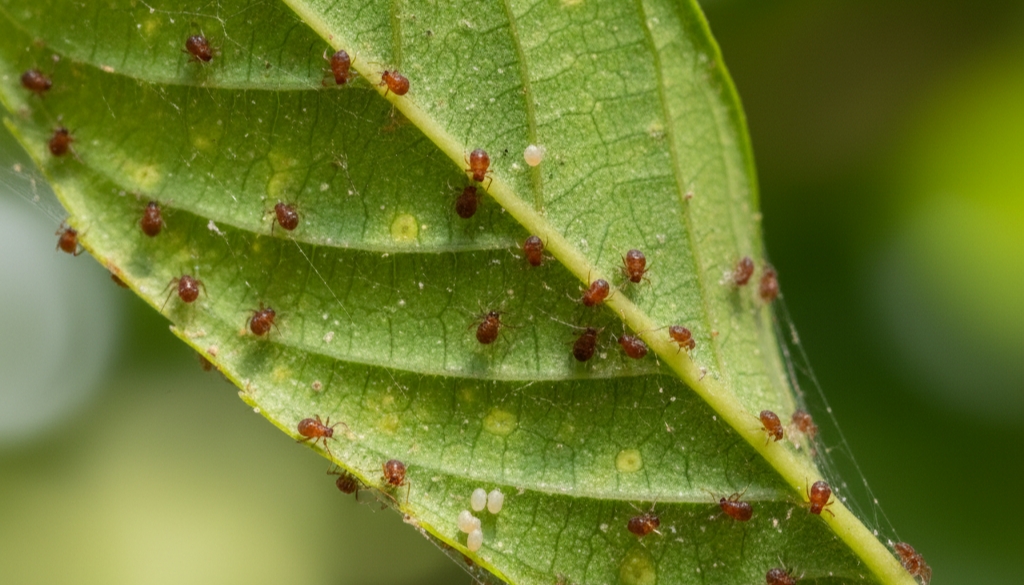Spider mites are tiny pests that can silently damage your trees, leaving leaves speckled, curled, or covered in fine webs. Many homeowners don’t notice them until the damage is extensive. Knowing the signs of a spider mite infestation early is key to keeping your trees healthy and vibrant.
We’ll go into detail about what spider mites are and how to get rid of them before they turn your tree into a buffet. Explore what spider mites are, how to identify their damage, and practical ways to control or prevent them so you can protect your greenery year-round!
What Are Spider Mites?
Spider mites are microscopic arachnids, relatives of spiders, that feed on the sap of trees and shrubs. They are often reddish or brown, with tiny bodies that are barely visible without a magnifying glass. These pests are believed to have evolved alongside plants in temperate and subtropical climates over millions of years and are found worldwide.
They thrive in hot, dry conditions and can quickly multiply, forming fine webbing that covers leaves and branches. Though small, their colonial behavior (found in groups rather than alone) leads to rapid population growth and, in turn, rapid damage to your trees.

What Does Spider Mite Damage Look Like?
The damage caused by spider mites starts small but becomes noticeable over time. Leaves may show tiny yellow or white speckles, known as stippling. As the infestation grows, leaves can curl, dry out, or fall prematurely. Fine silken webs often appear on the undersides of leaves or between branches, a sure sign of a spider mite infestation.
Left untreated, these pests can stress out your trees, reduce growth, and make them more vulnerable to other diseases and environmental stresses.
Causes of Spider Mites in New York Trees
Spider mites are most common in New York during hot, dry summers and periods of drought. Stress factors like lack of water, poor soil health, or crowded planting can make trees more susceptible. Infestations can spread quickly from nearby infested plants, making it important to monitor all trees and shrubs in your yard. Regularly checking leaves for early signs of speckling or webbing can help catch a spider mite infestation before it escalates.
Trees That Are Prone To Spider Mites
Certain trees are more likely to attract spider mites. In New York, these include:
- Maple trees
- Spruce and pine species
- Elm trees
- Fruit trees like apple and cherry
Trees growing in full sun, with poor irrigation, or under general stress are at higher risk. Identifying vulnerable species in your landscape can help you prioritize monitoring and prevention.

How To Get Rid of Spider Mites on a Tree
Completely eliminating a spider mite infestation requires persistence and patience. Here are the most effective strategies.
Water Blast
With a strong jet of water, spray the leaves of your trees to dislodge the mites. This works best early in the morning. The mites are more active during cooler morning hours, so they’re more exposed to the blast.
Horticultural Oils or Insecticidal Soap
Refined plant oils smother pests like spider mites by coating their bodies and blocking their breathing pores. They’re safe for most trees and shrubs if used as instructed. Insecticidal soaps are soap-based sprays that disrupt the cell membranes of tiny pests, causing dehydration and death.
Both can be used as a spray to affected areas, targeting the undersides of leaves where mites hide. Repeat every 7 to 10 days until control is achieved.

Predatory Insects
Beneficial insects like ladybugs or predatory mites can naturally reduce spider mite populations. Since they’re natural predators of these spider mites, it’s in their blood to hunt and eat these pests.
Pruning Damaged Branches
While not the focus, carefully clipping infested leaves can help reduce the number of mites. Patience is key, as even after treatment, a spider mite infestation can persist if conditions remain favorable.
For severe infestations or large trees, our arborists know the ins and outs of safe tree removal solutions.
How To Prevent Spider Mites
Preventing a spider mite infestation is much easier than dealing with one. Follow these steps to protect your trees from spider mites in the first place:
- Keep trees healthy: Water regularly, mulch properly, and manage nutrients. All the things you already do to keep your trees happy!
- Avoid over-fertilizing: Excess chemical fertilizers can encourage mite outbreaks. New growth of branches and leaves gives these mites the perfect environment to populate even more. Over-fertilized plants also have less natural resistance to pests because of imbalanced nutrients, diluted protective compounds, and stress responses, thus allowing spider mites to inhibit your tree.
- Inspect trees often: Check the undersides of leaves during warm, dry months for early signs.
- Choose resistant varieties: Plant tree species less prone to spider mite attacks.
- Encourage natural predators: Beneficial insects, like ladybugs and predatory mites, help control populations naturally. You can encourage natural predators at home by planting insect-friendly flowers, avoiding broad-spectrum pesticides, and releasing ladybugs or predatory mites near affected trees.

Don’t Fright The Mite
Never let the spider mites get the best of you and turn your love for trees into fear. Recognizing the signs of a spider mite infestation early, combined with consistent care and treatment, can keep your trees healthy and thriving! Act quickly when needed, and you can protect your landscape from long-term damage and enjoy lush, vibrant trees throughout all seasons!

